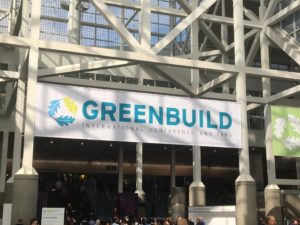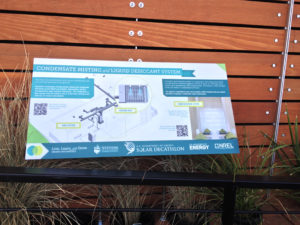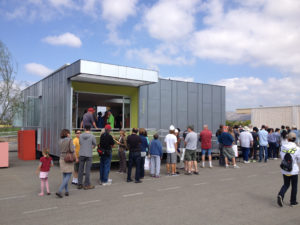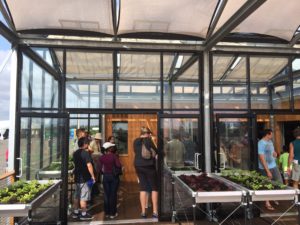This is a fundamental view of the world. It says that when you build a thing you cannot merely build that thing in isolation, but must repair the world around it, and within it, so that the larger world at that one place becomes more coherent, and more whole; and the thing which you make takes its place in the web of nature, as you make it.
~ Christopher Alexander
SUSTAINABILITY RESEARCH
Technologies directly and indirectly related to efforts to build and operate more sustainable architecture are in constant development. These technologies range from products using recycled content to manufacturing processes requiring less resources to devices and programs measuring and monitoring useful data to maintenance free products to product delivery and packaging producing less waste. As part of the DTS Project House’s research efforts, mills studio and the Owner’s have continually sought exposure to the most current developments in green technologies. These efforts include attending professional and consumer green trade shows, subscriptions to specific and general green trade journals, consultation with green and sustainability consultants and experts, attendance at green product launches, and visits to green buildings and exhibitions.


The amount of information associated with the number of green products and processes would quickly overwhelm without a clearly articulated evaluation criteria. Raw knowledge of products is of little consequence without an ability to accurately evaluate the claims of manufacturers and impartialy determine how products align with the DTS Project House’s architectural agenda and sustainability efforts. Going beyond virtue signalling requires a certain amount of scepticism about specific claims and if products and processes actually produce the stated sustainability results.
Thus, first, claims are confirmed to the extent possible. Rarely is the product under consideration the first a company has offered, so consideration of a company’s record of delivering promised results becomes relevant. Ignoring press release headlines and reviewing a manufacturer’s own published fine print data often tells a product’s actual story. And maybe most important is the wisdom of the crowd. It is extremely rare that a product has not been used, reviewed, and or evlauted by multiple experts and end users, so a thorough review of published product reviews, often in video format, provides valuable third party perspective.
And secondly, the evaluation criteria must confirm that the product or process will contribute, and best contribute, to the DTS Project House’s architectural agenda and sustainablity intentions. The established evaluation process avoids reducing the evaluation process to the soley expedient and often short-sighted meeting of compliance metrics and instead attempts a more innvolved evaluation that considers all of the competing interests relevant to long term sustainability. No product or device solely contributing to sustainability is acceptable in the DTS Project House. Products and devices must make contributions to multiple project aspects to be incorporated in the DTS Project House.
The research focus is not exclusively on current technological advancements, but also includes researching and evaluating much more ancient strategies, techniques, and materials, such as natural ventilation, the rock filled gabions, rammed earth, and solar chimney. As with the state of the art products and devices, the research of more venerable solutions includes establishing the efficacy of their conceptual basis and then how their practical application and implementation aligns with mills studio’s and the owner’s intentions for the DTS Project House.
Forms in nature are a byproduct of a reciprocal action between a given material and the conditions of the environment. But in architecture, the process is the direct opposite: First you decide on the form, and then you think how to build it in reality.
~ Neri Oxman


